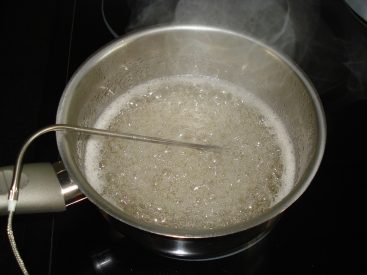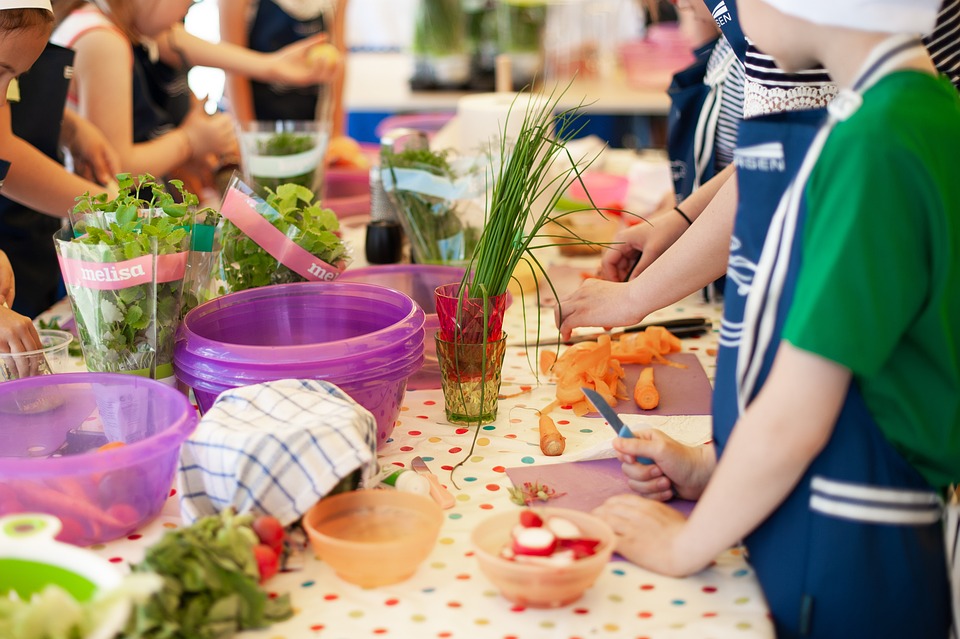
When it comes to cooking and food preparation, using a food thermometer is an essential tool for ensuring food safety and proper cooking temperatures. Many people rely on visual cues or guesswork to determine if food is fully cooked, but this can lead to undercooking or overcooking, which can result in foodborne illnesses or less-than-ideal culinary outcomes. In this article, we will explore the importance of using a food thermometer in the kitchen and how it can help you cook and prepare food with confidence.
Why Use a Food Thermometer?
Using a food thermometer is crucial for several reasons:
- Food Safety: One of the primary reasons to use a food thermometer is to ensure that meat, poultry, seafood, and other potentially hazardous foods are cooked to the proper internal temperature to destroy harmful bacteria, such as salmonella and E. coli. This is especially important for at-risk populations, such as young children, pregnant women, older adults, and individuals with weakened immune systems.
- Quality Control: A food thermometer can help you achieve the desired level of doneness for different types of meat, ensuring that they are not overcooked or undercooked. This can result in juicier, more flavorful, and safer meals.
- Consistency: By using a food thermometer, you can consistently achieve the same level of doneness for meat, poultry, and seafood, which is essential for cooking large cuts of meat or for preparing multiple dishes at once.
- Legal Requirements: In commercial food establishments, the use of food thermometers is often mandated by health and safety regulations to ensure that food is prepared and served safely to customers.
Types of Food Thermometers
There are several types of food thermometers available, each with its own advantages and best uses:
- Dial Instant-Read Thermometers: These thermometers have a dial display and are inserted into the food for a few seconds to quickly and accurately read the internal temperature.
- Digital Instant-Read Thermometers: Similar to dial instant-read thermometers, these devices provide a digital temperature readout for quick and precise measurements.
- Probe Thermometers: These thermometers have a metal probe attached to a digital display unit by a cord, allowing you to monitor the temperature of roasts, casseroles, and other dishes while they are cooking in the oven.
- Infrared Thermometers: These non-contact thermometers measure the surface temperature of food and are useful for checking the temperature of frying oil, grills, and other hot surfaces.
Proper Use of a Food Thermometer
Using a food thermometer correctly is essential to ensure accurate readings and safe food preparation:
- Insert the thermometer probe into the thickest part of the food, away from bone, fat, or gristle, to get an accurate temperature reading.
- For delicate items like fish, insert the thermometer into the thickest part of the fillet or steak to measure the internal temperature accurately.
- Clean and sanitize the thermometer after each use to prevent cross-contamination between different foods.
- Calibrate your thermometer regularly to ensure its accuracy, especially if it has been dropped or exposed to extreme temperatures.
Conclusion
Using a food thermometer in the kitchen is a simple yet effective way to ensure food safety, quality, and consistency in your cooking. By investing in a reliable food thermometer and using it correctly, you can avoid foodborne illnesses, achieve perfect doneness in your dishes, and cook with confidence.
FAQs
Q: Can I rely on visual cues, such as the color or texture of the food, to determine if it is fully cooked?
A: While visual cues can be helpful, they are not always accurate indicators of doneness, especially for large cuts of meat or poultry. Using a food thermometer is the best way to ensure that your food is cooked to the right temperature.
Q: How do I know which type of food thermometer to use for different types of food?
A: Refer to the manufacturer’s instructions for your food thermometer to determine its recommended uses. In general, instant-read thermometers are suitable for most types of food, while probe thermometers are ideal for monitoring the temperature of roasts, casseroles, and other dishes as they cook in the oven.
Q: What is the minimum safe cooking temperature for different types of meat?
A: The minimum safe cooking temperatures for various types of meat and poultry can be found in food safety guidelines from reputable sources, such as the USDA or the FDA. It is important to cook meat to these recommended temperatures to ensure that harmful bacteria are destroyed.
Q: How often should I calibrate my food thermometer?
A: It is a good practice to calibrate your food thermometer at least once a month to ensure its accuracy. If the thermometer has been dropped or exposed to extreme temperatures, it should be calibrated immediately.
Q: Are there any food safety regulations that require the use of food thermometers in home kitchens?
A: While there are no specific regulations that mandate the use of food thermometers in home kitchens, using a food thermometer is highly recommended for ensuring food safety and preventing foodborne illnesses.
Q: Can I use a food thermometer for measuring the temperature of liquids or baked goods?
A: Some food thermometers are designed specifically for measuring the temperature of liquids or baked goods, while others are more suitable for measuring the internal temperature of meat, poultry, and seafood. Be sure to check the manufacturer’s instructions to determine if your food thermometer is suitable for different types of food.


